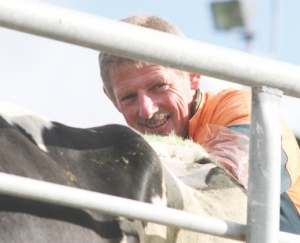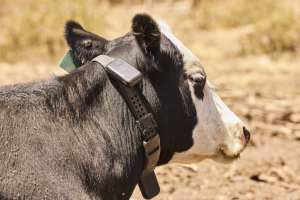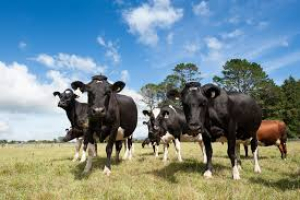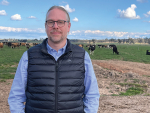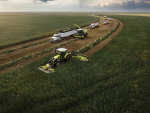I am only responding to news reports, but ‘Arise the Hunter: the Re-orientation of the US Dairy Industry and Implications for New Zealand,’ by Tim Hunt certainly impressed journalists.
The US dairy industry produces five times the volume of milk we do and its star used to be California. I say ‘used to be’ because our new-found love of red tape has me worried our dairy industry may be undergoing ‘californication.’
There is a raunchy TV series by that title, in which a novelist solves his ‘writer’s block’ by having affairs. Is our affair with regulation going to tie our industry up in knots, just like it did California’s?
I learned from Nicola Waugh how much California has become horridly regulated. As a Nuffield New Zealand Farming Scholarship recipient, she travelled overseas in 2011.
As a farm consultant for AgFirst Waikato, she also understands what regulation is. In her New Zealand Nuffield Farming Scholarship report, Nicola found at least seven different California state organisations setting rules and regulations under which Californian dairy farmers try to farm. Two dealt with water, two with air pollution/quality, and one each with occupational safety and health, employment and pesticides. Any one of these organisations can turn up and audit a farmer and Nicola found they all had different reporting requirements. Red tape heaven.
You may say that sounds similar to here, but California’s Department of Water Resources makes Horizons One Plan or the proposed Canterbury Land & Water Regional Plan seem child’s play. In California, Nicola found that farmers must have a nutrient management plan, a manure management plan, a wastewater development plan, a pesticide disposal plan and a pollution contingency plan – all for one agency.
While the plans may contain similar base information, a number of California’s agencies don’t seem to talk to one other: cue repetition and confusion.
Is it no wonder in March, the Los Angeles Times reported, “other states have long poached California manufacturers and jobs. Now they’re coming for the cows”.
Seizing on the plight of the state’s dairy industry, which is beset by high feed costs and low milk prices, nearly a dozen states are courting Golden State dairy farmers.
The pitch: cheaper farm land, lower taxes, fewer environmental regulations and higher prices for their milk.
That to me is the problem when unrealistic bureaucracy starts tripping up those who try to get ahead. California and that report presented to Rabobank rams home that New Zealand has high farming cost structures too.
We may be looking forward to a forecast $7.80/kgMS, but for many out there, they will need $6 just to break even.
Having seen what NZ$4 million could buy you in Wisconsin, the biggest risk to New Zealand is a ‘regulatory californication’ here.
We might count our lucky stars that few Kiwi farmers speak Spanish or Portuguese.
• Willy Leferink is Federated Farmers Dairy chairman.





